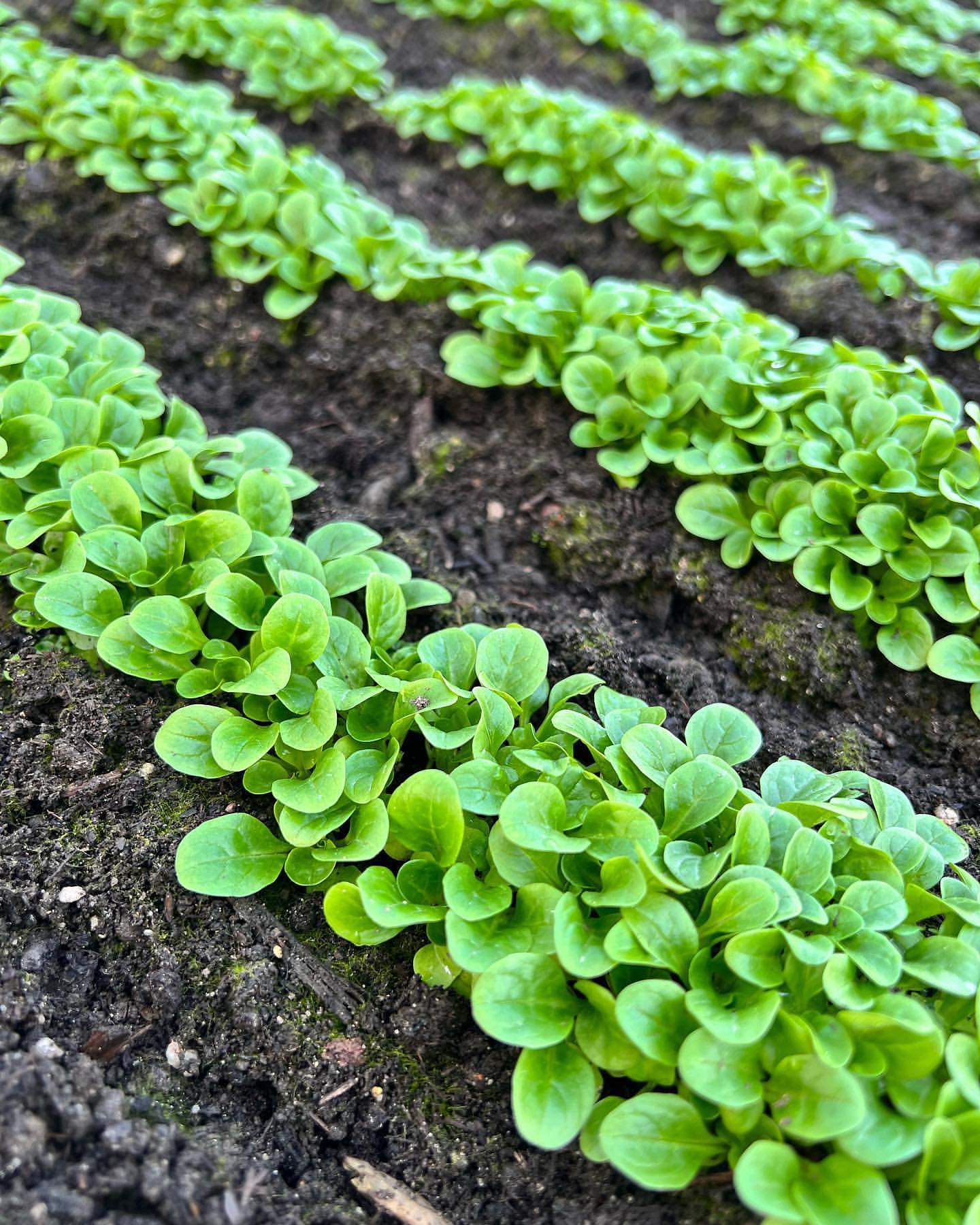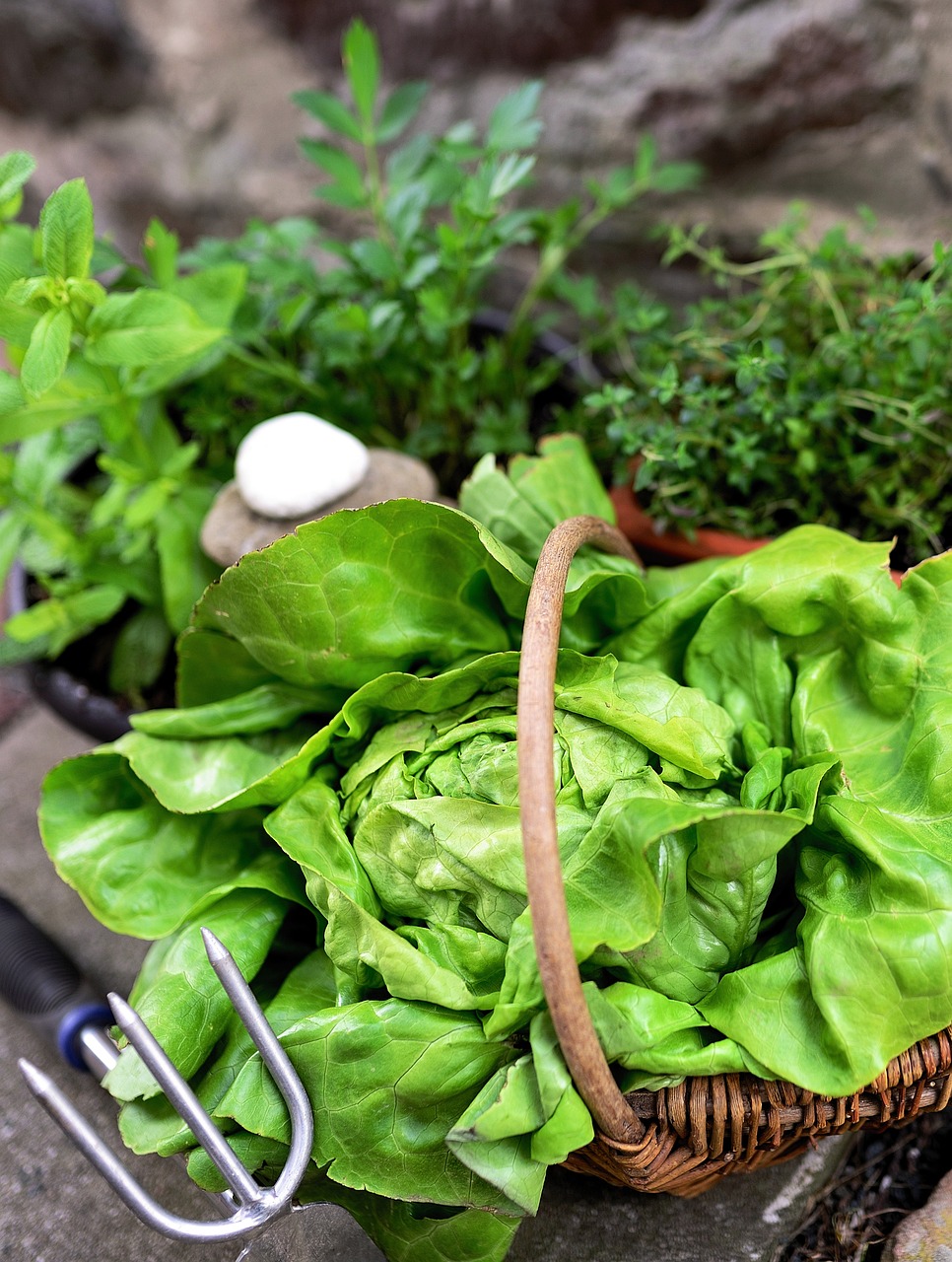Are you a gardening enthusiast looking to embark on a new adventure? Perhaps you’ve always wanted to grow your own fresh, crisp lettuce, but weren’t quite sure where to start. Well, you’re in luck! In this beginner’s guide, we’ll walk you through the process of growing lettuce in raised beds, offering insights and tips to help you achieve a bountiful harvest. From selecting the right location to caring for your lettuce plants, we’ve got you covered. This guide will equip you with the knowledge and confidence to transform your raised bed into a personal lettuce haven. So, grab your gardening gloves and get ready to witness the magic of life sprouting from tiny seeds!
This post may have affiliate links. This means that sometimes when you click a link on our site and make a purchase on Amazon, we may earn a small commission at no additional cost to you. We only recommend products we truly believe in, and your support helps keep us running!
Choosing Your Lettuce League: Varieties and Seasons

Lettuce isn’t a one-size-fits-all affair. There’s a dazzling array of varieties, each with unique characteristics and ideal planting times. Let’s explore some popular options:
- Leaf Lettuce: This free spirit of the lettuce world forms loose rosettes of tender leaves. It’s perfect for “cut-and-come-again” harvests, meaning you can snip leaves throughout the growing season without harming the plant. Popular varieties include Red Sail (red, ruffled leaves) and Salad Bowl (vibrant green, loose leaves).
- Romaine Lettuce: For those who love a satisfying crunch, romaine is the champion. It forms tall, upright heads with crisp green leaves, ideal for Caesar salads and wraps. Try planting varieties like Little Gem or Cos Rouge, which boast a reddish tinge to the leaves.
- Butterhead Lettuce: Craving a melt-in-your-mouth experience? Butterhead lettuce delivers. These varieties form loose heads of buttery-soft leaves, perfect for sandwiches and salads. Popular choices include Bibb lettuce (compact heads) and Buttercrunch (large, light green heads).
Seasonal Considerations: Lettuce thrives in cool weather. Aim for planting in early spring or fall in most climates. If you live in a region with mild winters, you might even be able to squeeze in a late-fall or winter harvest with the help of row covers (lightweight fabric blankets placed over the bed to trap heat).
Pro Tip: Don’t be afraid to experiment! Plant a mix of varieties to enjoy a diverse salad bowl straight from your raised bed.
Building a Bed Fit for Lettuce Royalty: Preparation is Key

Now that you’ve chosen your lettuce team, it’s time to create the perfect home for them. Here’s what you’ll need:
- The Raised Bed: Construct or purchase a raised bed that’s at least 6 inches deep and offers easy access from all sides. Aim for a size that accommodates your desired planting layout – a 4ft x 8ft bed is a great starting point. Wood, recycled plastic, or metal are common materials for raised beds.
- Soil Selection: Lettuce thrives in loose, well-draining soil rich in organic matter. You can create a DIY mix by combining equal parts garden compost, potting soil, and a small amount of sand for drainage. Alternatively, purchase a good quality bagged planting mix specifically formulated for vegetables.
Preparing the Stage:
- Location, Location, Location: Pick a sunny spot in your garden that receives at least 6 hours of direct sunlight daily.
- Filling the Bed: Fill your raised bed with the prepared soil mix, leaving about an inch of space from the top. Gently tamp it down to create a smooth surface.
- Soil pH Test: While lettuce isn’t overly sensitive to soil pH, a range between 6.0 and 7.0 (slightly acidic to neutral) is ideal. Purchase a soil test kit from your local garden center to check the pH level. If necessary, you can amend the soil with lime to raise the pH or sulfur to lower it.
Planting Power: From Seed to Seedling

There are two main ways to cultivate lettuce in raised beds: sowing seeds directly or transplanting seedlings.
Sowing Seeds:
- Seeding Schedule: Refer to your chosen lettuce variety’s seed packet for specific planting time recommendations. Generally, aim for planting seeds 2-4 weeks before your last spring frost or 6-8 weeks before the first fall frost.
- Seeding Technique: Make shallow furrows (about ¼ inch deep) in the soil, spacing them according to the variety’s recommended plant spacing (typically 4-10 inches apart). Scatter seeds thinly within the furrows and lightly cover them with soil.
- Watering with Care: Gently water the seeded area using a fine spray nozzle to avoid dislodging the seeds.
Transplanting Seedlings:
- Head Start Option: If you’d like a head start on your harvest, you can purchase lettuce seedlings from your local nursery.
- Transplanting Time: Wait until the seedlings have developed at least 3-4 true leaves (the leaves that appear after the initial cotyledons) before transplanting.
- Digging In: Carefully dig holes in your raised bed according to the recommended spacing for your chosen variety.
- Gentle Does It: Gently remove the seedlings from their pots, being mindful of the delicate roots.
- Planting Position: Place each seedling in a prepared hole, ensuring the base of the stem rests at the same soil level it was in the pot. Gently firm the soil around the base of the plant.
- Water Wisely: Water the transplanted seedlings thoroughly to help them settle into their new home.
Thinning the Ranks (for both seeding and transplanting):
Once your lettuce seedlings have established a few sets of true leaves, it’s time for thinning. This ensures proper spacing for healthy growth.
- Seedlings from Direct Sowing: Carefully snip or pinch off excess seedlings to achieve the recommended spacing.
- Transplanted Seedlings: If any seedlings are crowded, gently lift them out and transplant them to a different location in your raised bed, or another bed altogether.
Lettuce TLC: A Recipe for Success
Now that your lettuce is nestled in its new home, here’s how to nurture it for a bountiful harvest:
Watering:
- Lettuce thrives on consistent moisture, but avoid soggy soil. Aim to water deeply when the top inch of soil feels dry to the touch.
- During hot and dry periods, you might need to water more frequently.
- Avoid overhead watering, which can spread diseases. Instead, water directly at the base of the plants.
Feeding:
- While lettuce doesn’t require heavy feeding, a light application of a balanced organic fertilizer every few weeks can be beneficial, especially if your soil is not particularly rich.
- Follow the instructions on the fertilizer package for proper dilution and application methods.
Weed Control:
- Regularly remove weeds that compete with your lettuce plants for water and nutrients.
- You can hand-pull weeds or use a gentle hoe between the plants.
Pest Patrol:
- Lettuce is generally a trouble-free crop, but keep an eye out for common garden pests like aphids and slugs.
- For small infestations, you can try handpicking or spraying the affected areas with a strong stream of water.
- If infestations become overwhelming, consider using organic pest control methods like insecticidal soap or neem oil.
Dealing with Bolting:

- Bolting is a term used when lettuce matures too quickly due to hot weather or stress, causing the plants to flower and become bitter.
- To prevent bolting, choose heat-tolerant varieties and provide some afternoon shade if your summers get scorching.
- Regularly harvest your lettuce to encourage new growth.
Harvesting the Rewards: From Bed to Bowl

The moment you’ve been waiting for! Here’s how to harvest your homegrown lettuce:
- Timing is Key: Most lettuce varieties are ready to harvest in 4-8 weeks, depending on the variety.
- Look for leaves that have reached a good size and desired texture.
- Cut-and-Come-Again Varieties: For loose-leaf lettuces, simply use sharp scissors to snip off mature leaves from the outer edges of the plant. This encourages continued growth for a longer harvest.
- Head-Forming Varieties: For romaine and butterhead lettuces, wait until the heads are firm and well-developed. Use a sharp knife to cut the head off at the base, leaving the core intact.
